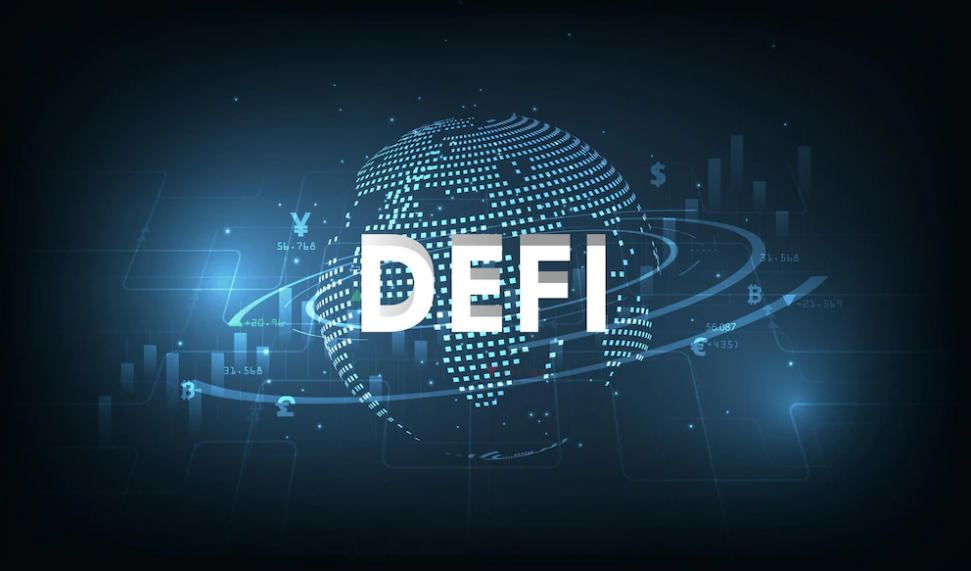
Cory Russell
Apr 02, 2022 10:03

Billy Markus, the creator of Dogecoin, expressed his disappointment on Twitter today.
Shiba Inu's Metaverse plans to offer virtual plots in order to broaden their horizons.
Billy described the idea as a $300 million money grab.
Shiba Inu just launched its Metaverse, dubbed SHIB: The Metaverse, as FXEmpire reported yesterday. While some (mainly SHIB supporters) were overjoyed, others offered counter-arguments that may be regarded facts.
Billy Markus, better known as Shibetoshi Nakamoto, the developer of one of the most well-known cryptocurrencies, Dogecoin, did not appear to be pleased with Shiba Inu's ideas.
Markus was unsatisfied with the way SHIB treats its investors after his creation of Dogecoin spawned an entire category of cryptocurrencies known as 'Memecoin.'
"How is building a random metaverse and selling phony land with Ethereum adding utility to their product," Markus asked in response to CoinDesk's coverage of SHIB's Metaverse this morning.
He went on to remark that, while there is undeniably a great potential for developers to make more money, if he were a SHIB investor, this would not sit well with him.
The idea that SHIB: The Metaverse is selling pieces of land in ETH for no intrinsic value was perplexing to Billy.
Justifying his decision, he stated that if 100,000 (actually 100,595) parcels of land were sold for between 0.2 and 1 ETH each, the team would raise between $100 million and $300 million.
This, he claims, is futile because it would just serve to enrich the developers' pockets beyond what they have already reaped from the development of SHIB.
Billy probably said that because Shiba Inu is covertly profiting on the Metaverse buzz in the name of development.
Dogecoin, on the other hand, has set itself up for appropriate development with the phases outlined in its roadmap, which include the creation of a library for enabling the construction of Dogecoin-based DeFi protocols as well as a test suite.
Even if they have yet to be created, it is preferable to know if a possible DeFi chain has some inherent DeFi potential before embarking on the creation of its virtual environment.
Whatever the case may be with their on-chain developments, both coins appear to be cooling off into consolidation after recent surges on the investor front.
DOGE was unchanged on the daily chart at the time of writing, trading at $0.1381. SHIB, which had dropped 5.69 percent the day before, has recovered 1.35 percent today, trading at $0.00002622.

Apr 02, 2022 09:45

Apr 06, 2022 11:01